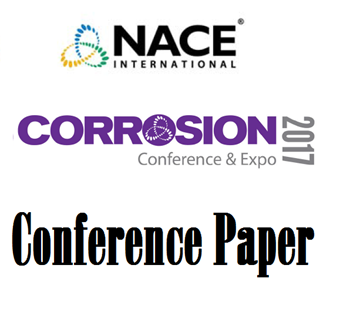Search
Improving Integrity Management Decision Making Using Automated Calibration Of Model Predictions Using CP Survey Data
Also Purchased
Improved Cathodic Protection Current Distribution for Above Ground Storage Tank Bottoms Due to Low Resistivity Vapor Corrosion Inhibitor Use
Product Number:
51322-17666-SG
Publication Date:
2022
$20.00
Applying Machine Learning Techniques To Identify And Predict Behavior Of Rectifier And Groundbed State Change
Product Number:
51322-17833-SG
Publication Date:
2022
$20.00
Cathodic Protection Coupon Use for Buried Piping in Plant (i.e. Complex) Facilities
Product Number:
51317--8824-SG
ISBN:
8824 2017 CP
Publication Date:
2017
$20.00




